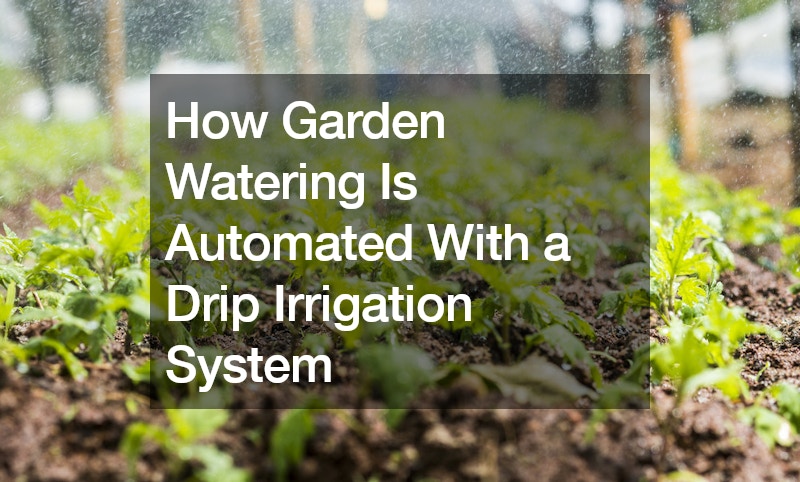Aut Omating garden watering with a drip irrigation system revolutionizes the way plants are nourished, offering efficiency, precision, and convenience. The process begins with careful planning and layout, where tubing and emitters are strategically positioned to deliver water directly to the root zones of plants, minimizing waste and optimizing hydration.
Once installed, the drip irrigation system is connected to a water source, often a garden hose or irrigation line, and controlled by a timer or controller. This controller allows users to set customized watering schedules based on factors such as plant type, soil moisture levels, and weather conditions.
As the scheduled watering cycles commence, the drip emitters release water slowly and steadily, delivering moisture directly to the root zone where it is needed most. This targeted approach not only conserves water by minimizing evaporation and runoff but also promotes healthier plant growth by preventing soil erosion and reducing weed growth.
Furthermore, drip irrigation systems can be equipped with additional features such as pressure regulators, filters, and sensors to enhance performance and efficiency. Pressure regulators ensure consistent water pressure throughout the system, while filters prevent clogging and maintain water quality. Sensors can detect soil moisture levels or rainfall, adjusting watering schedules accordingly to avoid overwatering or underwatering.
Overall, automating garden watering with a drip irrigation system offers numerous benefits, including water conservation, improved plant health, and simplified maintenance, making it an invaluable tool for gardeners seeking to optimize their growing environment.


